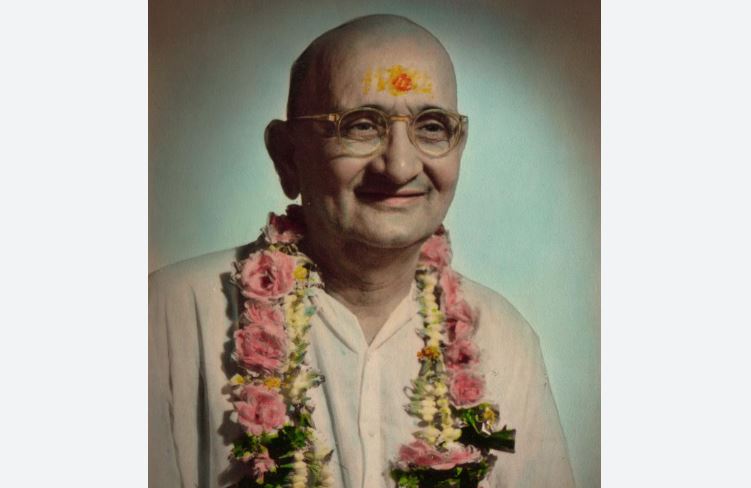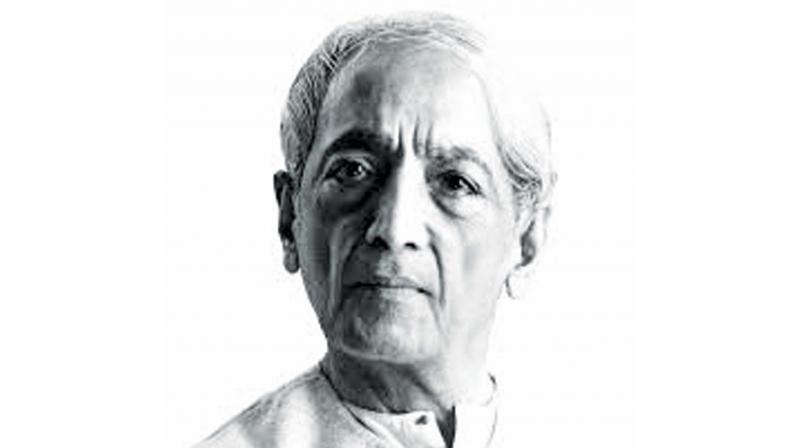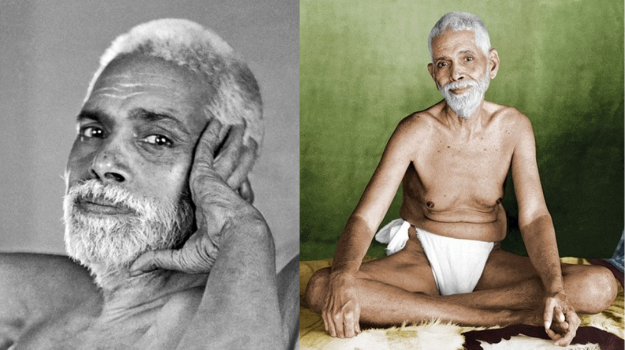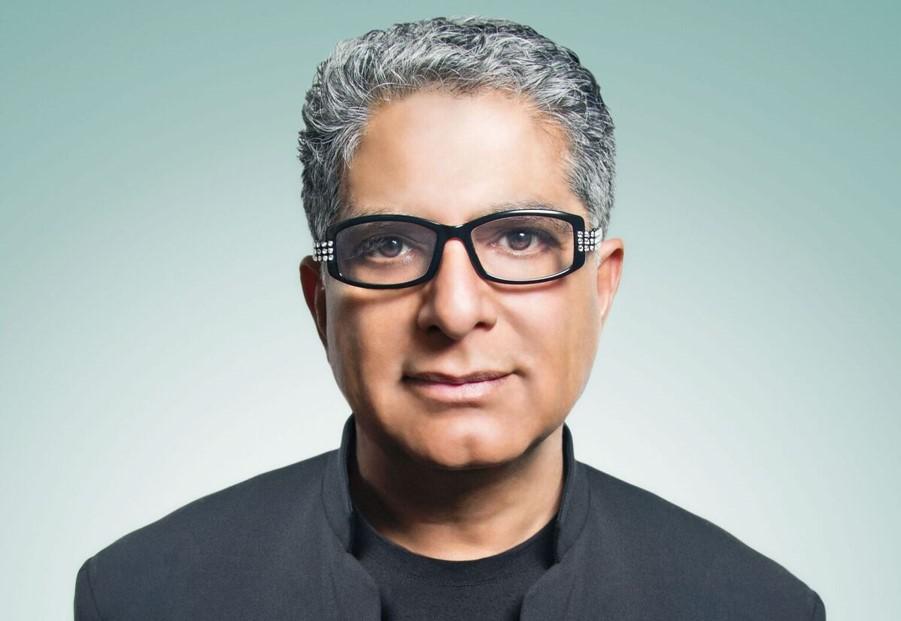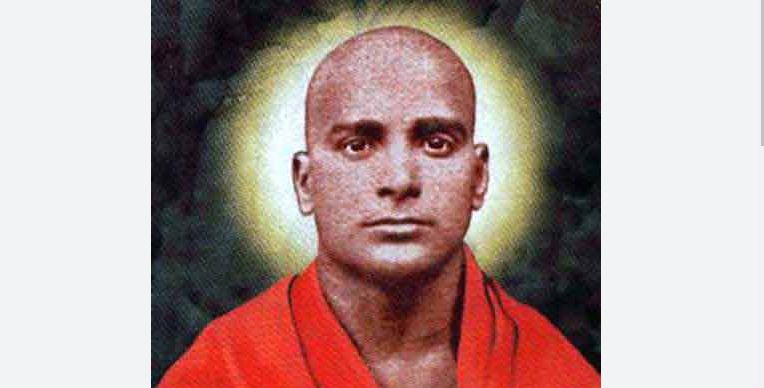 Recently a guru admitted to me, “You know, when I stopped believing that I was enlightened and others weren’t, all the fun went out of giving satsang!”
Recently a guru admitted to me, “You know, when I stopped believing that I was enlightened and others weren’t, all the fun went out of giving satsang!”
The age of the guru is over. This is the age of the friend. The message of self-knowledge and liberation is outstripping any guru’s ability to contain it. People have been discovering that the message is independent of the messenger. The message has become detached from its older, exclusivistic, privileged stage settings. No longer must it travel down from a hierarchy. These days the message of liberation spreads horizontally from person to person. It moves more like an ocean than a waterfall. It grows more like a rhizome than an oak tree.
Of course there are still gurus. There will be gurus as long as there are friends. There will always be some gurus able to serve as wonderful teachers and inspiring examples. But these days the friend is providing more and more of the same services. The friend is spreading the message of self-knowledge, opening hearts with loving-kindness, and inspiring others with enthusiasm.
Morphing the Guru Model
The turn from the guru to the friend is not just a matter of inspiration; it’s also a matter of information. We’ve got freer access to what was formerly more selective and closed. The message of self-knowledge has reached interested parties wherever there’s communication. And this communication no longer needs to flow through the narrow-band guru-frequency, but has overflowed and become broadband.
This has caused the guru model itself to morph into something more democratic and decentralized. There are more teachers with less charisma. In California, supply exceeds demand to the point where a student can choose from any number of retreats on a given weekend. Retreat leaders have had to lower their fees to keep competitive. And then during the following week, the students e-mail the teachings out to all their friends, who then tell others.
The connotations of the term “guru” are changing. Traditionally this Sanskrit word has been interpreted to mean dispeller (gu) of darkness (ru). It was understood primarily in personal terms, and the guru was worshipped as an incarnation of God — a sacred, exclusive conduit to self-realization. No longer do people accept the image that they’re in darkness until assisted by a purportedly perfected human being. In spiritual circles, the “guru” word is more and more taken to point to the seeker’s own innermost self.
Exclusivity not Politically Correct
No longer can people believe that liberation speaks only Tibetan, or that the world was created from holy Sanskrit syllables. People are saying, “If it can’t be said in my language, then it isn’t so universal after all.” Even as recently as thirty years ago, seekers of self-awareness had to trek to India or the Himalayas to see someone who could impart a message of liberation.
These days there are many routes: Barnes & Noble, Borders, Amazon, Yahoo, Google, mobile phones and BlackBerries. Teachings that used to be limited to a select few are now being joyously shared between friends in any language. Even decades ago, you had to go to ashrams or temples and maybe wait three days before the keepers would let you enter. Now the same message can be found in coffee shops, living rooms, cyber chat-rooms and even prisons. A few of the younger gurus are beginning to adapt their teachings to this new democratic tone.
Excerpted from gurus nonduality spirituality. Greg Goode is a teacher of non-dual inquiry who employs both Eastern and Western approaches
Greg Goode
